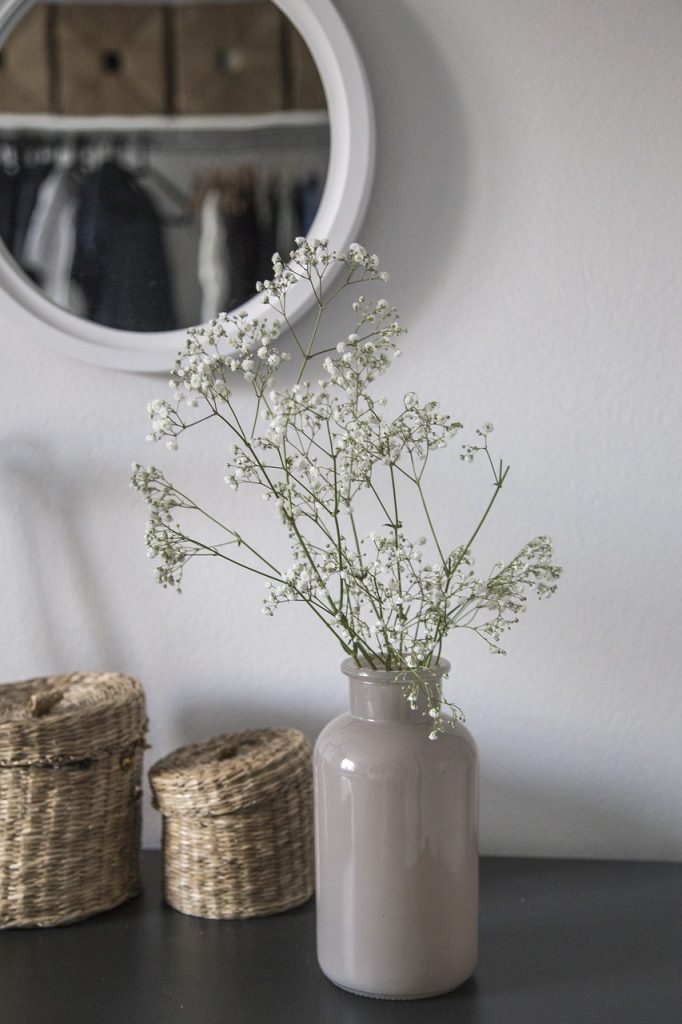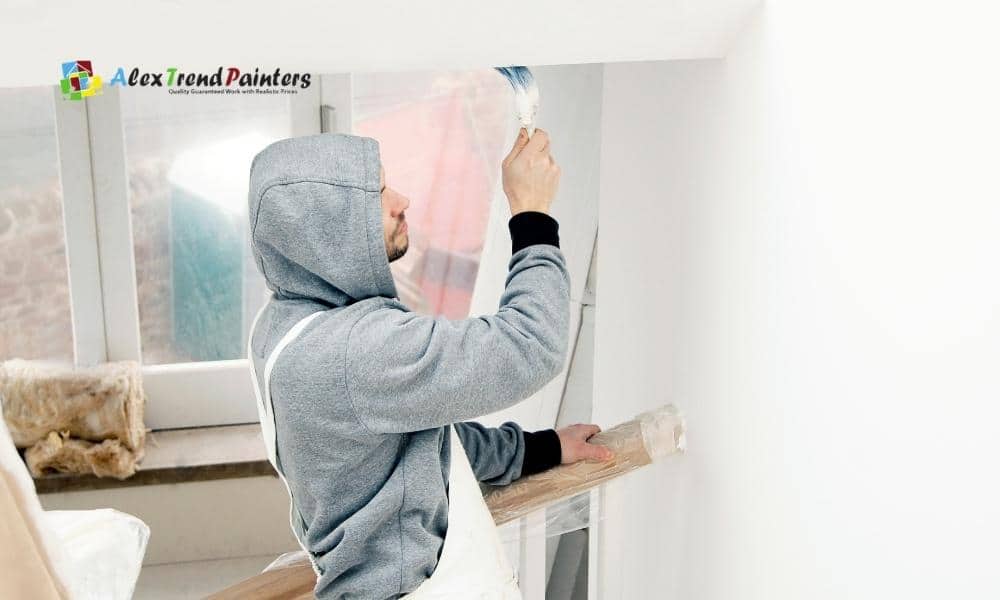Leading coat: the professional guide to painting your house perfectly– from walls to floorings to radiators
Paint sales are up, but it needs to be utilized carefully if you wish to alter your home for the better. Here is how to prepare, proceed and get your favored finish
Over the course of the past year you might have provided idle idea to repainting all or part of your home. In lockdown, you might have decided now is the time. If so, you are not alone: paint business are still delivering and sales are vigorous. Is this truly the time to embark on such a project? And can you make a success of it, even if you have never done it before? We asked the experts the very best way to go about it.
Prior to you start
The bright side is, you can save a great deal of cash by painting your own home, because labour accounts for most of decorating costs. The problem is, there’s a factor painters are expensive. Painting is difficult.
The greatest error first-timers make is thinking too huge, according to Joa Studholme, author of How to Colour and decorate curator for the paint business Farrow & Ball. “My primary piece of recommendations is to begin little,” she says. “If you have a little hall, that can be a great location to start. There you can indulge your fantasies of doing something bold and rather strong, which might be something you’re feeling you want to do today, however then you do not have to take a look at all of it day.”
Painting an entire room will certainly keep you hectic, but if you are new to it, you most likely will not find it awfully healing. “I do it where I think: ‘Oh, I’m gon na paint this, and it’s gon na be really calming,'” states Studholme, “And, really, painting is difficult. Smaller things are much better to do.” For novices, she recommends starting with your front door, or the legs of a table. “Paint the within a cabinet in a jolly colour which will make you smile each time you open it,” she states. When you have some concept of what it requires, you can proceed to a space.

Selecting colours
Lockdown might look like fertile ground for ill-advised decisions, but Edward Bulmer, an interior designer and head of the Edward Bulmer Natural Paint business, states there might never be a better time to pick colours. “If you think about it, it’s seldom that we can consider our rooms at all times of day,” he says, “and in differing weather conditions, and most likely with full-on use, if you’ve got your household around.”
Rather of using it to the wall, paint a generous piece of card– A5 or larger– or a bit of old wallpaper. “Then position it against the wall round the room and look at it in different lights,” states Studholme.
If you do not understand where to start, attempt being led by the colours of other surface areas in the space: floors, worktops, tiles, any large little bits of furnishings. “Some choice that’s already out of your hands,” says Bulmer. Work with what you have actually got.
Tools and supplies
As for paint, the amount you need differs depending on the type, but five litres of emulsion will cover around 60 square metres. “One of the expensive active ingredients in paint is titanium dioxide, the standard white pigment,” says Bulmer. “Typically, to make a paint cheaper you use less of that, so you’ll have less coverage.”
Preparing
Professional painters spend far longer prepping a room than they do painting it. Scrape away any loose old paint. Sand to develop a key (an adhesive surface) for the new paint.
The ceiling
That should be done initially; you can get up there with either a ladder or a roller on a pole if you are doing the ceiling. Beforehand, paint round the edges where the ceiling satisfies the wall or any architectural features, utilizing a small brush. If you are not sure of yourself, you can mask the edges with tape. Then roll. Anticipate to come away heavily speckled.
The walls
Start by “cutting in” the leading edge where the wall meets the ceiling, thoroughly, with a brush, by eye. Do the very same along any woodwork edges (you can be a bit less exact here, because you are painting the woodwork later on). If this part sounds challenging, Studholme has a simple service that likewise happens to be fashionable: paint everything– walls, ceilings, woodwork– the exact same colour. “It’s so much simpler for home designing and it makes the space look bigger,” she states. It’s by no means a radical idea. “There’s historical precedent for it. Georgian spaces were typically painted in one colour.”
The primary suggestions is to keep going when it comes to rolling your walls. “That’s the single mistake, really,” says Bulmer. “Modern emulsion is quick-drying and charming, but it also indicates that what you need to do is begin, and carry on. Not start, stop, take a telephone call and have a cup of coffee.” A stop-start approach yields a streaky finish. Paint a single coat in one go, and let it dry overnight. Two coats must be sufficient for the most part.
Woodwork
This is where real care is required: painting windows, door frames and skirting boards with nice straight edges and without getting any drips or splatters on your freshly painted walls. Not once but 3 times, since you will require primer plus 2 leading coats. It’s fiddly, but there is still a chance for some creativity here. “One trick is to paint the spindles of your stair balustrade dark,” says Studholme. “That’s quite laborious, but it’s rather a fun thing to do, and it makes a big difference. It develops this satisfying dark core, a backbone through your house.”
Floorings
” I like a painted floor,” states Studholme. “The guideline with painted floorings is that they always look much lighter than you anticipate. Nobody understands just how much light bounces on to a flooring. If you paint a floor light, it will bounce light all round your space.” It’s also practically the least expensive method to cover a floor there is.
You will require a robust, hard-wearing paint. There are specialist flooring paints, and some experts even suggest boat paint. You also require to think about what part of the space you are going to end up in when you finish, or you might literally paint yourself into a corner.
Radiators
The factory surface of a contemporary radiator does not require to be painted but if it is interfering, you may desire to hide it. There is such a thing as radiator paint, however it may not come in the colour you require.
Ending up
Studholme recommends you make a record of all the surfaces and colours you have utilized in case you require to repaint any bits later when you have completed the job. Shop remaining paint in a cool, dry, frost-free location, prepared for touching-up or any other little projects. “Last night, I got on a ladder and painted a square round the mirror above our fireplace,” she says. “I believed it might be great to have a bit of colour there. It took me probably 8 minutes to do it, and I can paint it out again tomorrow if I do not like it.”
“I do it where I believe: ‘Oh, I’m gon na paint this, and it’s gon na be really relaxing,'” states Studholme, “And, in fact, painting is difficult. “Paint the inside of a cupboard in a jolly colour and that will make you smile every time you open it,” she says. “One trick is to paint the spindles of your stair balustrade dark,” says Studholme.” I like a painted floor,” states Studholme. There are specialist floor paints, and some specialists even recommend boat paint.
* NOTE: Combine the our painters dublin service with house painting, Exterior & Interior Painting, commercial painting, furniture spray painting,wallpapering, plastering services and benefit from our discounts. Or just simply contact us for a free quote. Please also have a look at our amazing testimonials and gallery. Our sitemap, about us and blog. Areas we cover.
Areas We Cover (AlexTrendPainters.ie)
Related Articles
Learn More About Painting and Painters

